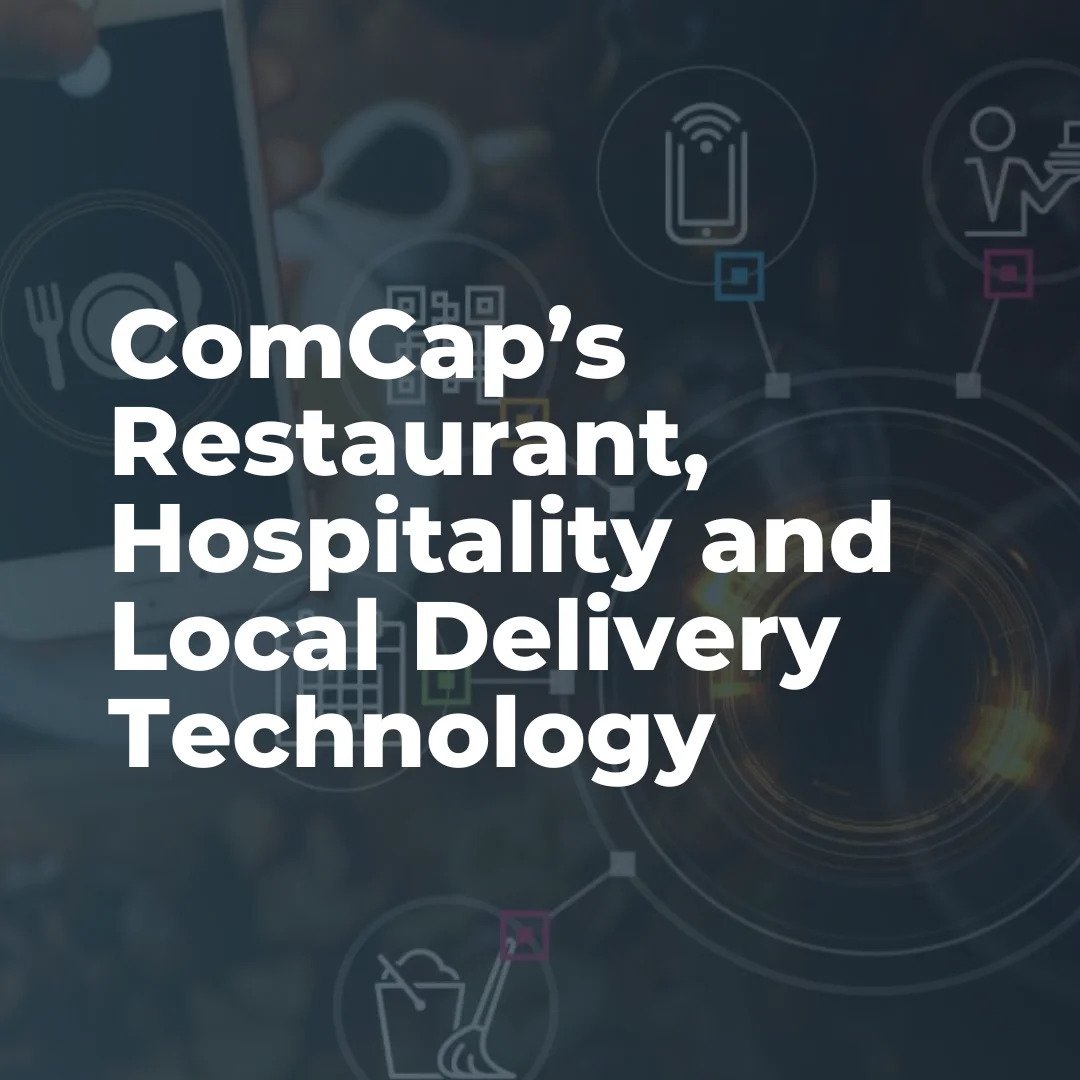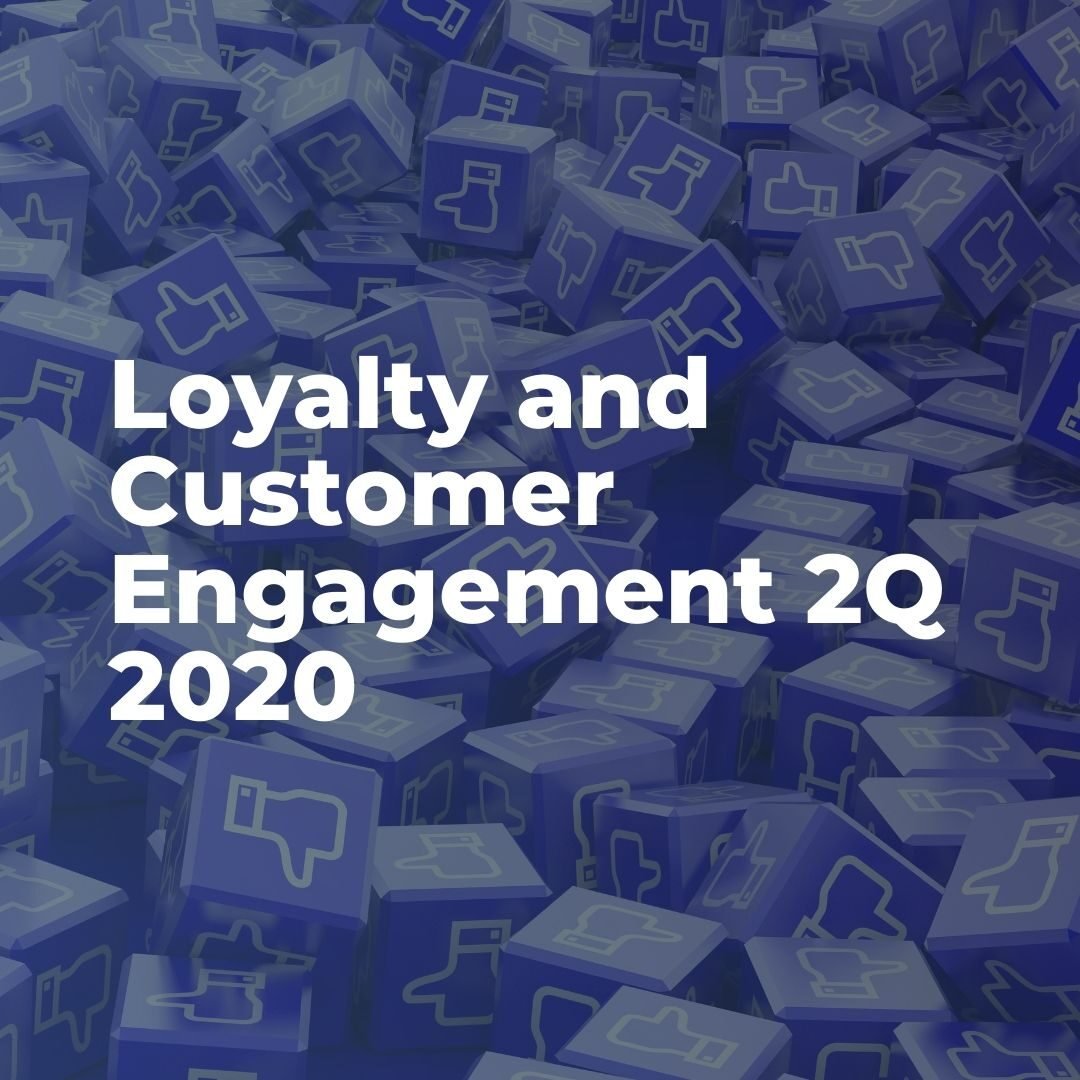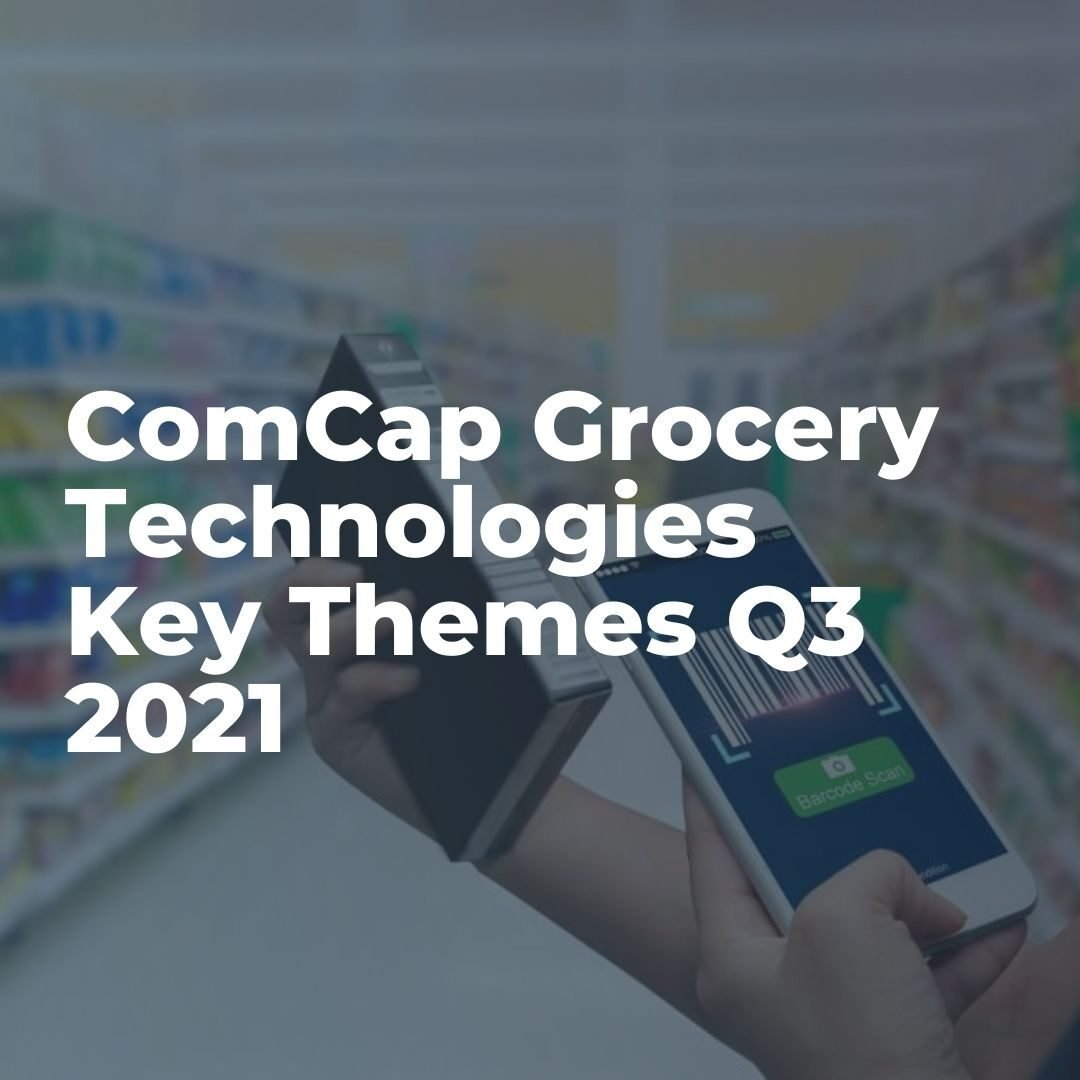Key Themes:
- Solid growth in ecommerce sector translated into increasing investment in the last mile delivery: US ecommerce market is estimated to witness a 11% CAGR during 2022-27 to reach $1.6TN in 2027, mainly driven by rising ecomm penetration in sectors like F&B, consumables, etc. A burgeoning ecomm/marketplaces sector over the last few years translated into rising investment in ecomm. logistics, primarily last mile delivery (incl. food delivery)
- Digital ordering & delivery space has compelling dynamics: The global online food delivery market is likely to see a 10.8% CAGR during 2021-28, to reach $388.7BN in 2028, largely driven by rising digitization, millennials & Gen Z preference for takeout vs. cook at home, and evolving business models (cloud kitchens, virtual brands). P2C* segment (~60% market share in 2021), is likely to see 10.5% CAGR during the period (R2C** to see 11.2% CAGR)
- Traditional restaurateurs are embracing the “ghost kitchen” business model to expand their presence into multiple locations quickly with minimal upfront investment and low risk (requires less real estate and manpower cost). With rising digitization, automated ordering and production, this business model has the potential to replace many traditional sit-down restaurants in future. Euromonitor estimates the space to reach a size of $1TN by 2030
- Rising proliferation of digital loyalty programs: To engage with customers and boost sales, restaurants & aggregators are increasingly launching digital loyalty programs that offer discounts, rewards, reduced delivery prices. etc. Such programs are integrated with POS, making tracking, personalizing, and redeeming rewards easier. It is noteworthy that retaining an existing customer is five times cheaper than acquiring a new one for restaurants
- Restaurateurs embracing automation: To cut cost and enhance productivity, restaurants are increasingly looking to automate labor-intensive tasks by leveraging tools such as, self-pay tablets, POS tools, robotics (chefs and service robots), etc. Further, last mile delivery players are also experimenting with autonomous vehicles and drones for faster delivery and reduced overhead costs (as compared to deliveries by legacy delivery modes)
- AI offers personalization and enhances customer retention rate: By leveraging AI & ML, aggregators and restaurants aim to build personalized menu, thereby translating into higher opportunistic sales, total order value, and conversion rates. In addition to food recommendation, AI & ML assists in customer support (through bots), launch of personalized loyalty programs, and provides data and insights for better strategic decision making
- Home chef segment is a new phenomenon: Home chefs are motivated individuals (experimental & fearless) who put a lot of time and effort to dish out something interesting every time they put a menu out. On the supply side, there is a growing audience who seek authentic and personalized cuisines. Consumer’s perception of the food being fresher and safer (since it is cooked in small batches in home kitchens) has further enhanced the attraction






